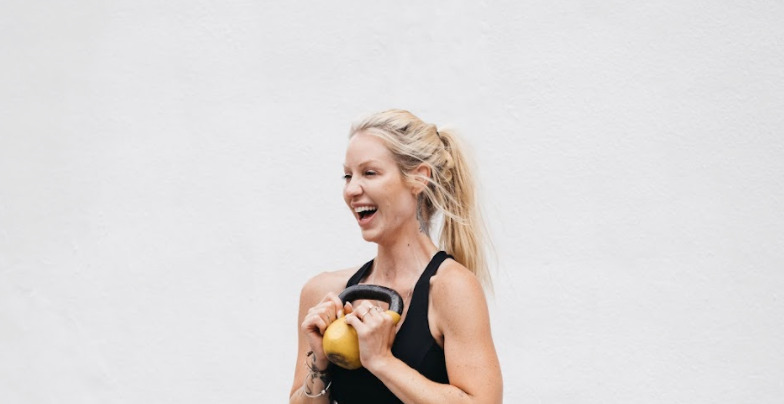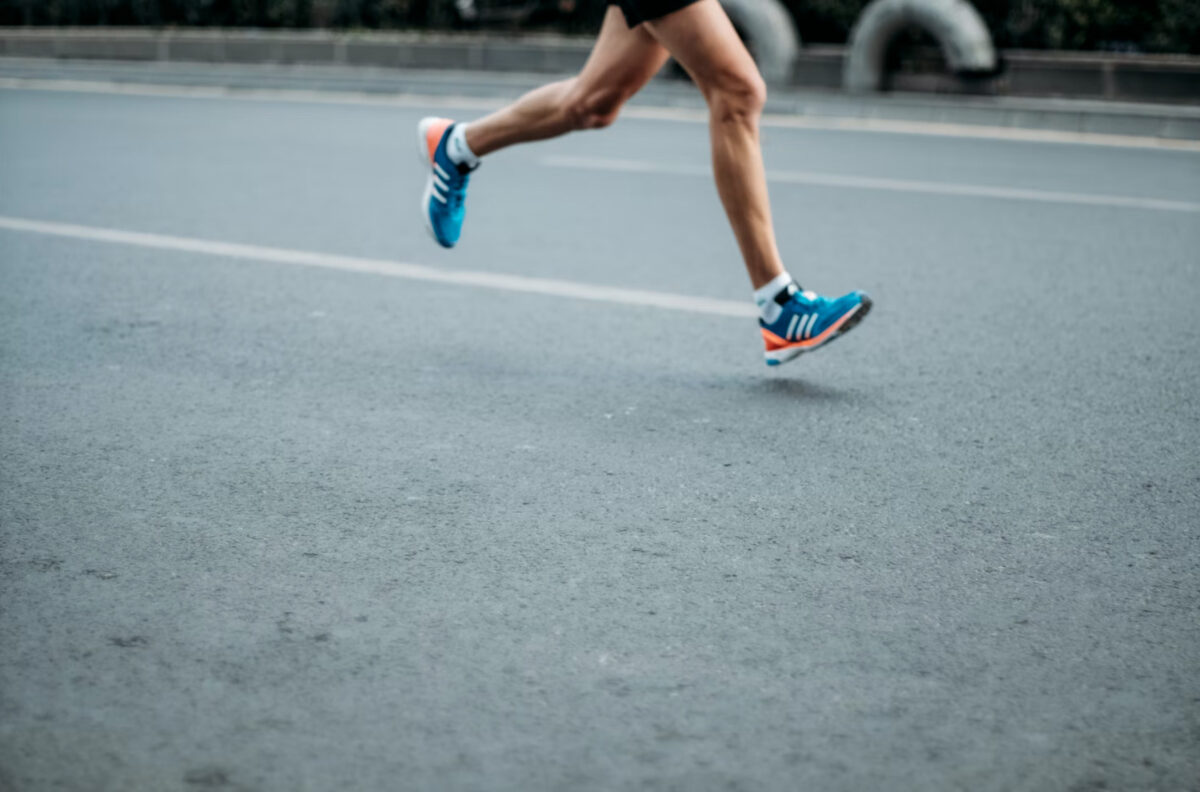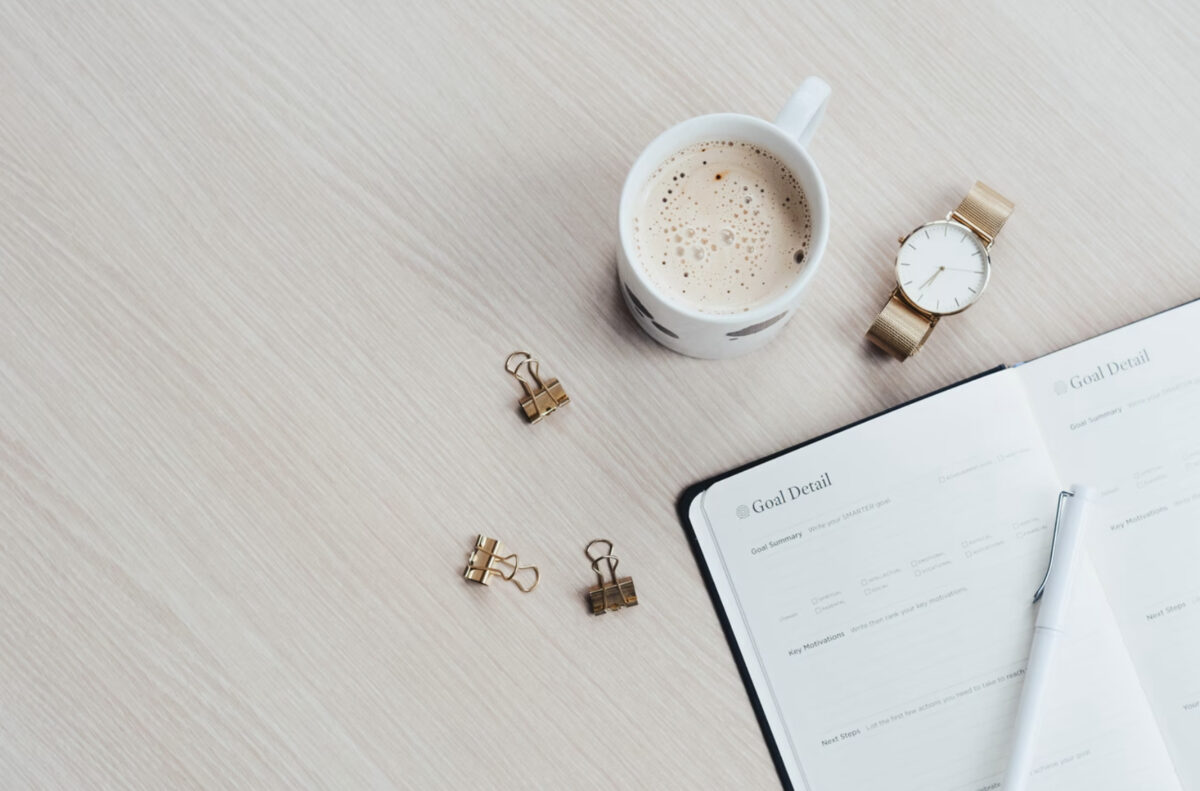By Dr. Tamara Kung, ND
Loneliness is almost as prevalent as obesity, with up to 60% of adults reporting they feel this way. In my clinical practice, I often ask patients whether they feel lonely, and the majority respond with a “Yes.”
Feeling lonely, as research has uncovered, is as detrimental to our health as smoking and can it take 8 years off our life. The physical impact of this is real. New studies are showing that feeling lonely triggers chronic inflammation in our bodies. In our previous articles, we’ve written about how chronic inflammation can damage our systems and lead to preventable diseases and conditions.
In her recent book, “Your Better Instincts”, Dr. Stacy Irvine has written about the instinct to form relationships with others. It is instinctual to want to belong, to feel like you have someone there for you, to help you through tough times. Evolutionarily, if we didn’t have that kind of support, our chances of survival greatly diminish. Feeling bonded and having reliable relationships that provide support and interaction, are what helps increase your chances for survival.
One of the things I marvel about kids is how quickly they can make friends. Sure, they can be a little shy in the beginning, but once they figure out, “Hey, do you like ice cream? I do too! Let’s play!”
As adults we believe we have less opportunities to meet others and collect new friends. There’s been a shift in how we interact with people , and it’s mostly behind screens and in short, often sporadic, blocks of text. What I’m finding is that people are a little nervous about real life/ real time communication these days. The preference is to text over calling, or to meet in the virtual space. As convenient as these methods are, they pale in comparison to full on, real life, deeper connections. We demonstrated in a previous article that it’s the quality of our real-life, positive relationships that matter most to our health and longevity.
I’d like to challenge this common belief and open the options to build new friendships from scratch just like kids do!
How to build friendships (from scratch):
When you’re in an elevator or at the gym, smile and say hello. A small, simple act with no expectations. Do this time and time again, and you’ll eventually repeat this with the same few people. And this is where the confidence can start to build. A familiar face, maybe a new haircut, or a bike in hand. You can ask them a question… “Where are you biking to today?” and see where the conversation can flow. Being curious about others is a great way to connect. People love to talk about themselves and share with others their experiences and recent adventures. It makes them feel good and lets you focus on learning about someone or something else.
Examples:
- Invite your neighbour out for a weekly walk
- Learn the name of your grocers, baristas, or front desk staff at offices/clinics you go to
- Join a weekly/monthly club (hiking, running, book, gardening clubs), or make your own!
- Join a gym, rock climbing studio, or a fun fitness class
- Invite that new workout buddy out for a snack or coffee
- Have weekly lunch/dinner parties that rotate through various homes
The point is to step slightly outside your comfort zone to cultivate new friends, integrate with the real world, and build your community. Don’t be afraid, because now you know that many people suffer from loneliness, and the impact of building friendships goes both ways. This is one pillar of health we don’t want to forget, and the research is showing us to follow our intuition for meaningful connection and we will reap the rewards.
Are you up for the challenge?
Reference:
Friends: understanding the power of our most important relationships. Robin Dunbar
https://www.health.harvard.edu/blog/the-power-and-prevalence-of-loneliness-2017011310977
https://www.frontiersin.org/articles/10.3389/fnbeh.2021.801746/full
Lomanowska, A. M., & Guitton, M. J. (2016). Online intimacy and well-being in the digital age. Internet interventions, 4, 138–144. https://doi.org/10.1016/j.
Francis, J., Giles-Corti, B., Wood, L., Knuiman, M. 2012. Creating sense of community: The role of public space, Journal of Environmental Psychology, vol. 32, pp. 401-409.











